Search Results
Back to JTS Torah Online's Main page
The Directed Life
Jun 4, 2005 By Matthew Berkowitz | Commentary | Bemidbar
Order is critical to the establishment of a just and productive society. It is no wonder then that the book of B’midbar details the meticulous arrangement of the Israelite encampment. Numbers 2:2 instructs, “the Israelites shall camp each with his standard, under the banners of their ancestral house; they shall camp around the Tent of Meeting.” The parashah then continues to list the exact placement of each tribe in relation to each other. Given this attention to organization in the Israelite camp, one might expect the journey through the desert to move along flawlessly. Yet, more than any other book of Torah, B’midbar attests to the waywardness of the Israelites. How could a people blessed with Torah, the details of the sacred service of God, and now the precise map of their camp – all designed to create an orderly and meaningful society – devolve into such chaotic ways?
Read More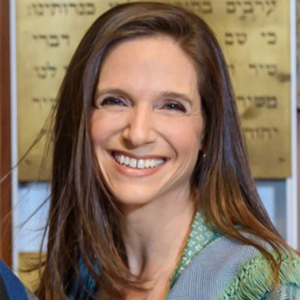
Let Me Count the Ways
May 22, 2004 By Rachel Ain | Commentary | Bemidbar
“How do I love thee? Let me count the ways.” Elizabeth Barrett Browning’s opening line to her love poem are extremely meaningful to us as we begin to read the fourth book of the Torah, the book of B’midbar, or Numbers. The counting of the Israelite people is a central part of this week’s parashah. The parashah begins with God instructing Moses to take a census of all the congregations of the children of Israel.
Read More
Bialik’s Radical Subversion
May 22, 2004 By Ismar Schorsch | Commentary | Bemidbar
The overture to the book of Numbers is decidedly upbeat. All appears in order for a quick journey through the wilderness. We are at the start of the fourteenth month since the exodus from Egypt. A month before Moses had erected the Tabernacle, commemorating the first anniversary of Israel’s freedom. Just three months after its redemption, Israel experienced God’s revelation at Mount Sinai. The opening chapters convey an aura of invincibility. With exactly 603,550 fighting men above the age of twenty, Israel is arrayed around the Tabernacle in military formation with four tribes on each side. The ultimate power of this force is spiritual, for the Tabernacle at its center protected by the Levites, is not only the repository of the tablets of the covenant, but also the abode of God on earth. As a shrine, it serves as an earthly microcosm of God’s cosmic dwelling.
Read More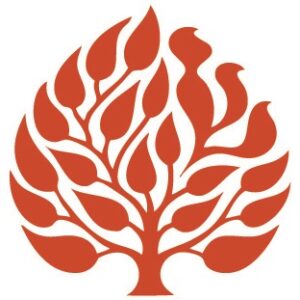
Wilderness into Lakes
May 31, 2003 By Lewis Warshauer | Commentary | Bemidbar
Eden was a well–watered place. The Bible and science agree that in the beginning, the world was moist and fluid. Unlike science, the Bible is literature, and literature with a message. It embodies themes and concerns itself with the interplay of those themes.
Read More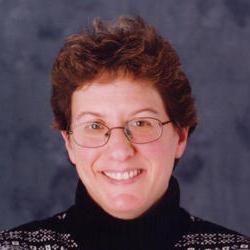
Counting Pearls
May 11, 2002 By Melissa Crespy | Commentary | Bemidbar
Of the counting of people there seems to be no end! In our parashah, men of fighting age are individually counted first by their families, and then again by their position surrounding the Ohel Mo’ed — the Tent of Meeting or Tabernacle. Why, ask commentators throughout the ages, does God command all this counting? Why is it so important to list in detail and in various forms the 603,550 men age 20 and above, able to fight in the military?
Read More
Leadership Through “Contraction”
May 26, 2001 By Ismar Schorsch | Commentary | Bemidbar
The fourth book of the Torah, Numbers, opens eleven months after the revelation at Mount Sinai (Exodus 19:1) and one month after the completion of the Tabernacle (Exodus 40:17). It resumes the story line interrupted by Leviticus, which is almost entirely devoid of narrative content. What follows is a series of gripping events that punctuate and account for an unexpected forty–year trek through the wilderness, culminating on the steppes of Moab east of the Jordan River just prior to Moses’ death. Hence, the Hebrew name of the book Bemidbar–In the Wilderness, comes closer to capturing the sweep of the narrative.
Read More
Midrash and Monticello
Jun 3, 2000 By Matthew Berkowitz | Commentary | Bemidbar
A few years ago, my wife and I took a trip to Monticello, Jefferson’s estate in Virginia. And while the splendor of the estate is reflected by a magnificently furnished mansion, extensive library, and extraordinary mountain backdrop, I found myself impressed by something far less grand: the vegetable gardens. They were exquisitely arranged. Each vegetable plant, as well as each species, had its place in the garden. Beefsteak tomatoes were planted in a wholly separate row from the plum tomatoes; hybrid peas blossomed in splendid isolation from the green beans; and red cabbage sprouted at a comfortable distance from its green counterpart. Every vegetable had its proper place and marker, such that each could easily be identified.
Read More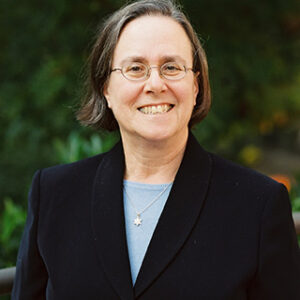
Who Counts?
May 30, 1998 By Anne Lapidus Lerner | Commentary | Bemidbar
There was tension in the air that night in 1974 as members of Manhattan’s Tifereth Israel – Town and Village Synagogue filled the social hall, eager to join battle on the critical question of whether or not we would count women in the minyan. For those now accustomed to including women, the practice in about 85% of Conservative synagogues today, it may be hard to imagine the emotion that crackled through the air. Rumors about what different people would say were rife. Everyone knew that the rabbi, Stephen C. Lerner, was in favor of changing the policy. Some said that his own father, a respected member of the shul, disagreed with him. As the rabbi’s wife, I was concerned when my father–in–law raised his hand to speak. “When I was a boy growing up in the Ukraine,” said he with a bit of an accent, “and they asked the local peasants how many people had come to the town meeting, they would say twenty people and ten Jews. I think that we should stop counting that way.” The congregation voted overwhelmingly in favor of including women in the minyan.
Read More
How We Acquire Our Names
May 18, 1996 By Ismar Schorsch | Commentary | Bemidbar
I am not the same person I was last year when we read the book of Numbers in the synagogue.
Read More
Universal Service of God
Jun 3, 1995 By Ismar Schorsch | Commentary | Bemidbar
Though the Jerusalem Temple is long gone, time has not erased the threefold division of ancient Israel into Kohanim, Leviim and Yisraelim. Ritual, as it so often does, helps to preserve collective memory. In many synagogues, the first two aliyot to the Torah are still given to a Kohen and a Levi. Yisraelim, who constitute the majority of us, are not called to the Torah until the third aliyah. On Passover the three matzot that bedeck our seder plates are named (from top to bottom) Kohen, Levi and Yisrael. In old cemeteries, a pair of hands symbolic of the priestly benediction often mark the tombstone of a Kohen, while the grave of a Levi whose task was to pour water over the hands of the priests before the recitation of the blessing, is signified by a tilted pitcher.
Read More
Living Judaism As a Work of Art
May 14, 1994 By Ismar Schorsch | Commentary | Bemidbar | Shavuot
When I was a youngster, Shavuot was the time for confirmation, a ceremony concocted in the nineteenth century along Protestant lines to replace bar-mitzvah and enhance synagogue attendance on the holiday, for Shavuot never enjoyed the popularity of Pesah. But a brief two days, it flits by without the elaborate ritual drama or stirring universal message of Pesah. The synagogue is its primary venue and there is little for us to do at home, except to enjoy the restful interlude with family and friends.
Read More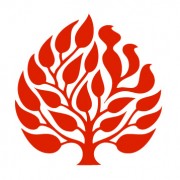
Bemidbar
Jan 1, 1980
1 On the first day of the second month, in the second year following the exodus from the land of Egypt, the Lord spoke to Moses in the wilderness of Sinai, in the Tent of Meeting, saying:
2 Take a census of the whole Israelite community by the clans of its ancestral houses, listing the names, every male, head by head.
Read More
SUBSCRIBE TO TORAH FROM JTS
Our regular commentaries and videos are a great way to stay intellectually and spiritually engaged with Jewish thought and wisdom.




